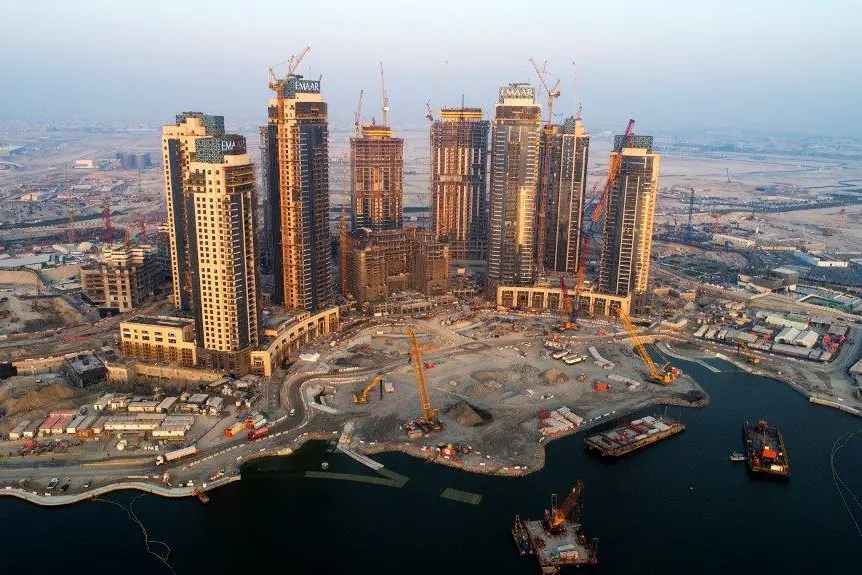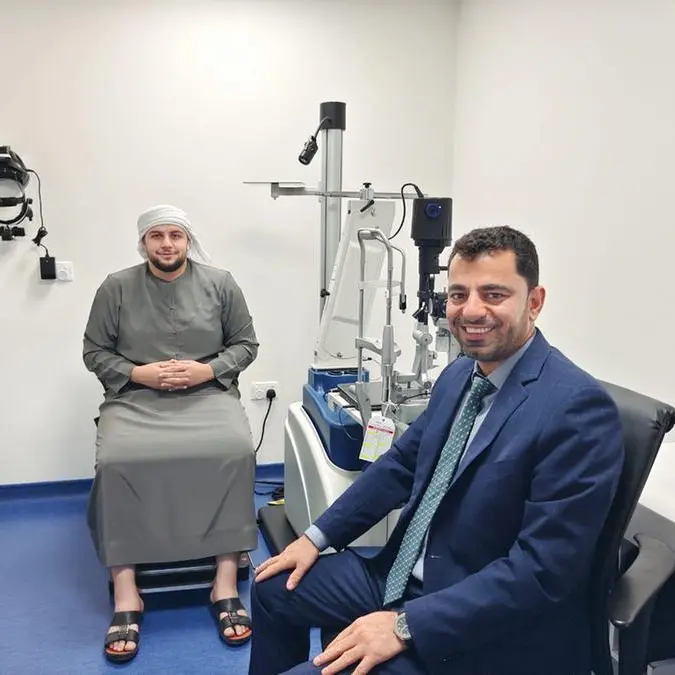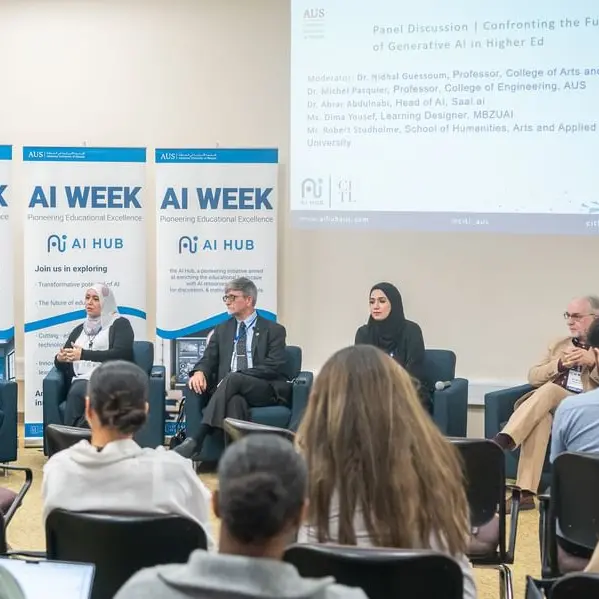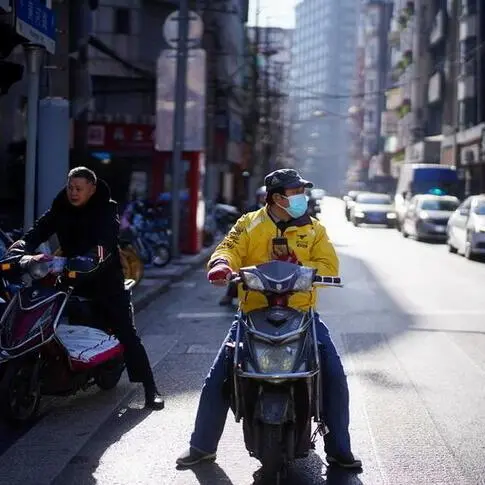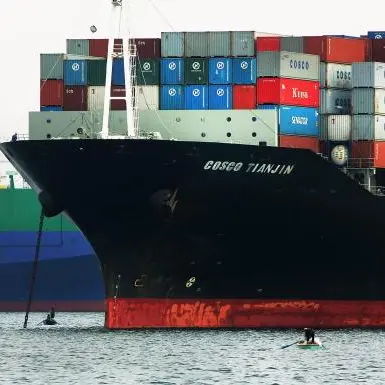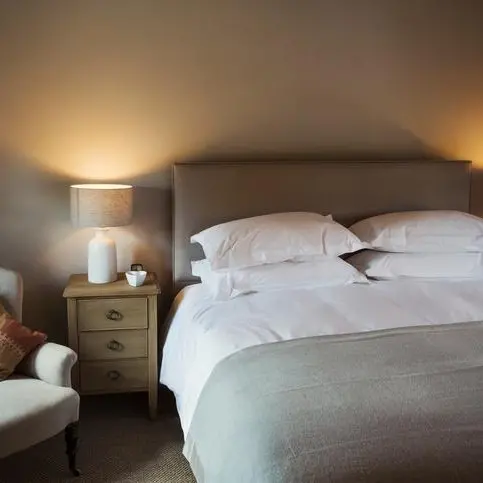PHOTO
The chairman of Emaar Properties has described the 60 million square feet Dubai Creek Harbour project his company is developing as "really the most valuable site in the city".
In an opening address to the Council on Tall Buildings and Urban Habitat's (CTBUH) annual conference in Dubai on Sunday, Mohamed Alabbar said that the first residents at the site, which is a joint venture with Dubai Holding, "will move in probably in about two to three months' time".
These homes will be in a six-tower cluster at Creek Island containing 872 apartments, Emaar Properties said in a press statement in August.
Discussing the rationale behind the Dubai Creek Harbour tower that will form the centrepiece of the development, Alabbar said that the site "has a depth of about two kilometres and the challenge was we wanted to create value deep into the site, and that's how the Dubai Creek Tower story came in".
The $1 billion Dubai Creek Harbour Tower was launched in April 2016 and is due for completion by the time that Dubai's Expo 2020 event begins in October 2020. The height of the tower has not yet been revealed, although Alabbar told CNN in June 2016 that it would be at least 100 metres taller than Burj Khalifa, which is 828 metres high. It has been designed by Spanish-Swiss architect Santiago Calatrava.
"We thought we wanted to do something a little taller, but we should change the concept a little," Alabbar told the CTBUH conference. "I really am so proud of the work that we are doing with Mr Calatrava. It's really amazing stuff," he added.
In terms of the development, Alabbar said that it was "repeating the same formula" at Dubai Creek Harbour as it had with Downtown Dubai, with the tower being set on a large plaza (500 metres by 500 metres) and directly connected to a major retail project, Dubai Square. Launched in June, Dubai Square will take up around 30 million sq ft of space and will house retail, leisure and residential units.
"Of course, our challenge is what type of shopping district we should have, because the shopping experiences have changed. I have a 12 year-old daughter who probably will be the consumer. She may not want to go to the same old stuff that we all go to. These kids in the Middle East are really the consumers - are we really designing something that is relevant to their lifestyle?" Alabbar said.
He said that masterplanned developments in the Middle East were typically much bigger than those in older cities such as London and New York. Referring to the $20 billion Hudson Yards project - the 28-acre (1.22 million sq ft) scheme being delivered in New York by developer Related - Alabbar said creating a masterplan for this was "a walk in the park, site-wise", compared to some of Emaar’s schemes.
He said that one of the first real estate projects he was involved in was the 4 million sq ft Dubai Marina.
"I've just never done anything small," Alabbar said. "In our part of the world, infrastructure was so poor and there was no proper planning. And I was really obsessed that if I want to do something, I had to take a big chunk of land and I want to put the trees on my own, I want to do the pavement, I want to make sure that it's done right. I want to make sure that we control building design and I want to make sure that everything is in harmony, while if you see the rest of the city, it still needs time to really...even what you see around you here (Dubai's Business Bay area), this is not mature yet."
Alabbar said that when creating the masterplan for Downtown Dubai, "We really tried to imagine where the value is from".
"That's why Burj Khalifa was put right in the middle, because we all like tall buildings, (but) our shareholders like returns."
In a separate address at the conference, Mounib Hammoud, chief executive of Jeddah Economic Company, which is behind the partially-built 1km-high Jeddah Tower, said that high-rise towers had previously been created as a response to high land values in an area.
"But all that has been turned on its head as we compete to build landmark high towers in order to create high land values," he said.
"So around the iconic tower, we plan nodes of development to enhance the visibility of certain locations."
He argued that polycentrism "is the purpose and consequence" of this, as new city centres are built around landmark towers.
"This is certainly the case in Jeddah, where the next world tallest tower is intended to inform a new node of development, 147 million sq ft of masterplanned real estate on land that is located on the Red Sea away beyond the old centre," he said.
Data from CTBUH's conference programme states that the United Arab Emirates has 245 buildings above 150 metres (63.3 percent of the total) in the Middle East. Saudi Arabia has 37 buildings above 150m (9.5 percent of the total), while Qatar has 35 (9 percent).
Further reading:
- Emaar Development meeting approves $283.2mln special cash dividend
- SSH appointed to provide architecture services for Emaar's Grande project
- Dubai Creek Tower sets new construction milestone
- Infrastructure work at world's tallest tower in Saudi Arabia to complete next year: CEO
- Tall storeys: How are shifting trends in the skyscraper market impacting on the Gulf?
(Reporting by Michael Fahy; Editing by Shane McGinley)
Our Standards: The Thomson Reuters Trust Principles
Disclaimer: This article is provided for informational purposes only. The content does not provide tax, legal or investment advice or opinion regarding the suitability, value or profitability of any particular security, portfolio or investment strategy. Read our full disclaimer policy here.
© ZAWYA 2018